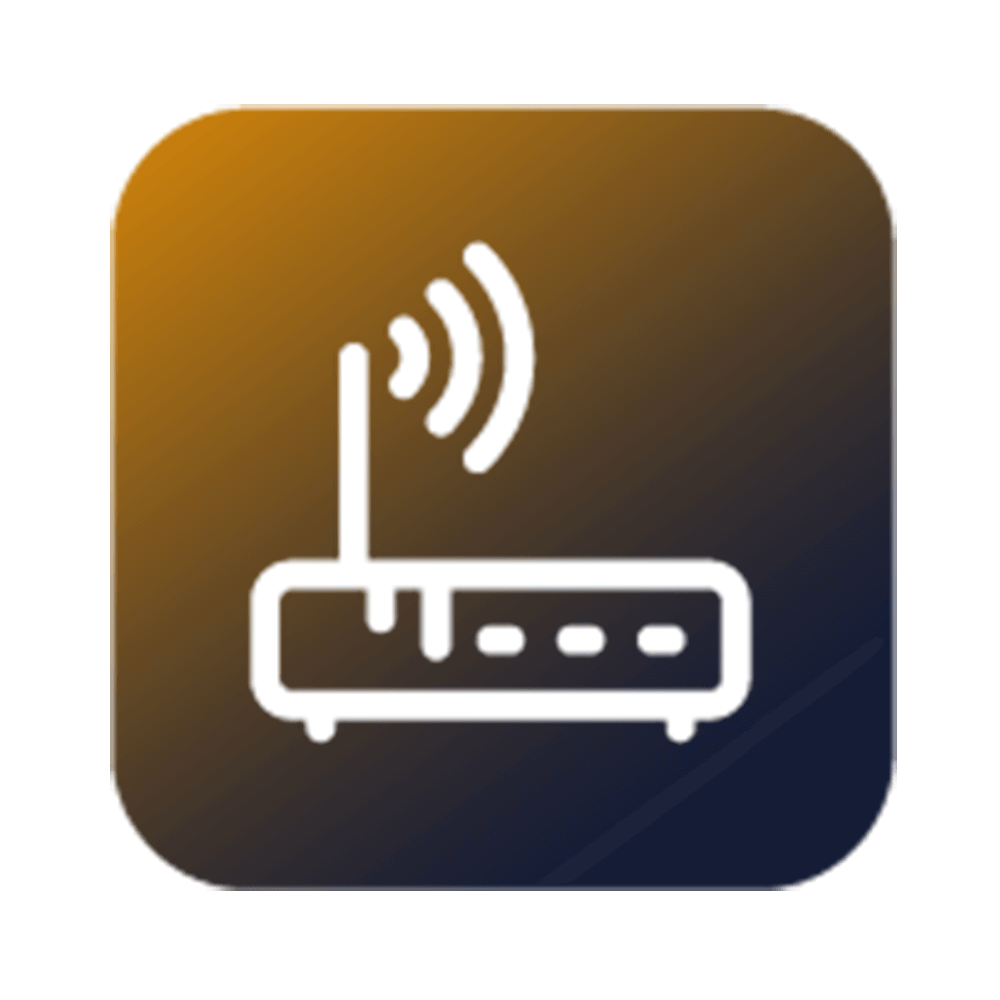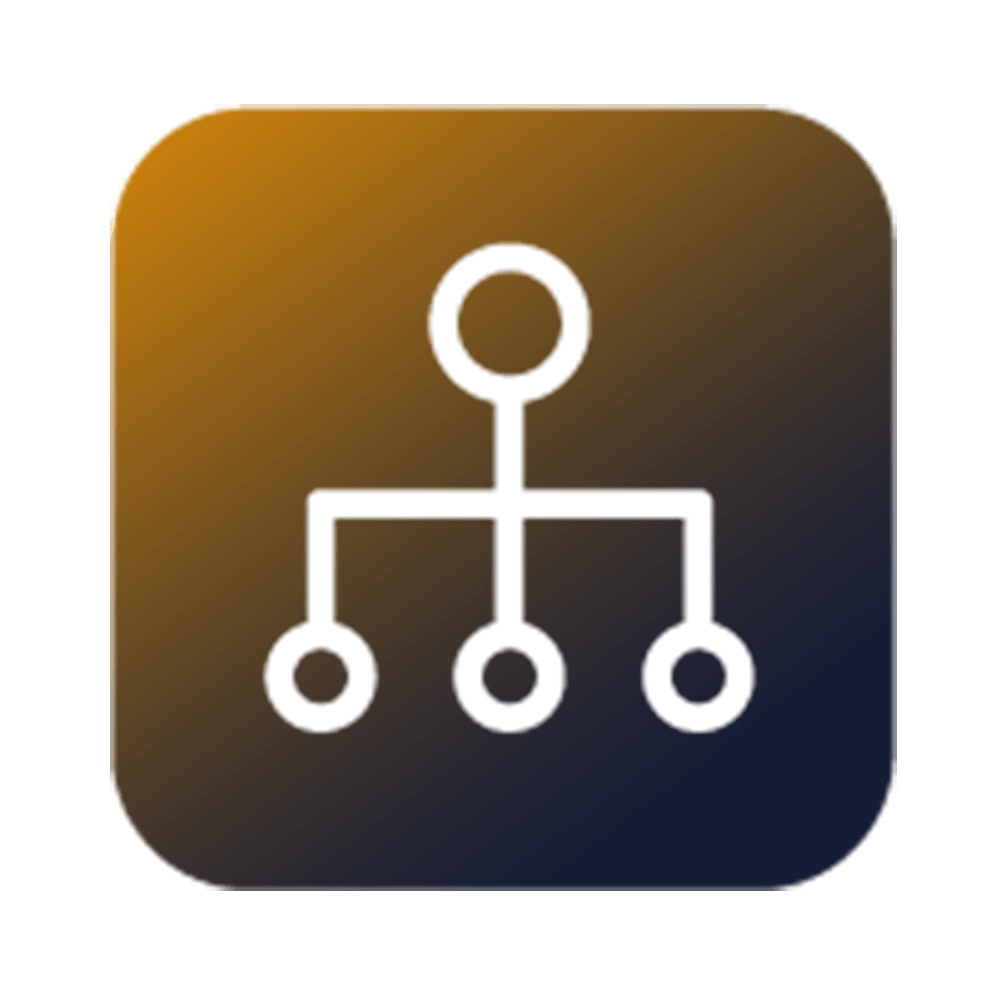Module 1: Azure Virtual Desktop Architecture
Azure Virtual Desktop manages the infrastructure and brokering components, while customers manage their own desktop host virtual machines (VMs) and clients. Microsoft manages the Remote Connection Gateway, and Connection Broker services as part of Azure.
Learning objectives
After completing this module, you’ll be able to:
- Explain the Azure Virtual Desktop components.
- Describe the Azure Virtual Desktop architecture.
- Choose between personal and pooled desktops.
- Identify the Azure limitations for Azure Virtual Desktop.
- Describe the options for Azure Virtual Desktop pricing.
Module 2: Design the Azure Virtual Desktop architecture
Azure Virtual Desktop design requires that you assess network capacity and speed requirements, select a load-balancing method for your Azure Virtual Desktop deployment, and choose the right Windows Desktop client.
Learning objectives
After completing this module, you’ll be able to:
- Assess network capacity and speed requirements for Azure Virtual Desktop.
- Determine the connection round-trip time (RTT) from a location through the Azure Virtual Desktop service.
- Recommend an operating system for an Azure Virtual Desktop implementation.
- Describe the two load-balancing methods for Azure Virtual Desktop.
- Recommendation subscriptions and management groups for Azure Virtual Desktop.
- Recommend a configuration for performance requirements.
Module 3: Design for user identities and profiles
Your users require access to those applications both on-premises and in the cloud. You use the Remote Desktop client for Windows Desktop to access Windows apps and desktops remotely from a different Windows device.
Learning objectives
After completing this module, you’ll be able to:
- Select a licensing model for Azure Virtual Desktop.
- Describe personal and multi-session desktop scenarios.
- Plan a storage solution storing FSLogix profile containers.
- Plan for a Desktop client deployment
- Deploy Windows Desktop client to multiple devices.
- Describe Hybrid Identity for Azure Virtual Desktop.
Module 4: Implement and manage networking for Azure Virtual Desktop
See how to monitor and repair health of their Azure Virtual Desktop including virtual machines, virtual networks, application gateways, and load balancers.
Learning objectives
After completing this module, you’ll be able to:
- Recommend a solution for Azure Virtual Desktop network connectivity.
- Implement Azure virtual network connectivity for Azure Virtual Desktop.
- Describe network security for Azure Virtual Desktop.
- Configure Azure Virtual Desktop session hosts using Microsoft Bastion.
- Monitor communication between a virtual machine and an endpoint.
Module 5: Implement and manage storage for Azure Virtual Desktop
FSLogix roams profiles in remote computing environments, such as Azure Virtual Desktop. You set up a FSLogix profile container share for a host pool using a virtual machine-based file share.
Learning objectives
After completing this module, you’ll be able to:
- Choose appropriate storage for FSLogix components.
- Configure storage for FSLogix components.
- Configure storage accounts for Azure Files.
- Configure a new managed data disk to a Windows virtual machine for Azure Virtual Desktop.
- Create file shares for a storages account for Azure Virtual Desktop.
Module 6: Create and configure host pools and session hosts for Azure Virtual Desktop
See how to configure the assignment type of a personal desktop host pool to adjust your Azure Virtual Desktop environment to better suit your needs.
Learning objectives
After completing this module, you’ll be able to:
- Configure host pool assignment type.
- Automate creation of an Azure Virtual Desktop host pool using PowerShell.
- Customize Remote Desktop Protocol (RDP) properties for a host pool.
- Manage licensing for session hosts that run Windows client.
Module 7: Create and manage session host image for Azure Virtual Desktop
A Shared Image Gallery simplifies custom image sharing across your organization. Custom images can be used to bootstrap deployment tasks like preloading applications, application configurations, and other OS configurations.
Learning objectives
After completing this module, you’ll be able to:
- Create a managed VM image for an Azure Virtual Desktop-specific configuration.
- Modify a session host image.
- Plan for image update and management.
- Create and use a Shared Image Gallery (SIG) for Azure Virtual Desktop.
- Install language packs in Azure Virtual Desktop.
Module 8: Manage access for Azure Virtual Desktop
Azure Virtual Desktop uses Azure role-based access controls (RBAC) to assign roles to users and admins. Azure Virtual Desktop has additional roles that let you separate management roles for host pools, app groups, and workspaces.
Learning objectives
After completing this module, you’ll be able to:
- Describe Azure role-based access controls (RBAC) for Azure Virtual Desktop.
- Plan and implement Azure roles and RBAC for Azure Virtual Desktop.
- Describe how to configure Azure Virtual Desktop with Intune.
Module 9: Manage security for Azure Virtual Desktop
The Windows client for Azure Virtual Desktop integrates Azure Virtual Desktop on local machines. You’ll learn the critical actions for keeping your users safe.
Learning objectives
After completing this module, you’ll be able to:
- Plan and implement Conditional Access policies for connections to Azure Virtual Desktop.
- Plan and implement multifactor authentication (MFA) in Azure Virtual Desktop.
- Understand Conditional Access policy components.
- Manage security by using Azure Security Center.
- Understand Microsoft Defender Antivirus for session hosts.
Module 10: Implement and manage FSLogix
A user profile contains data elements about a user information like desktop settings, persistent network connections, and application settings.
Learning objectives
After completing this module, you’ll be able to:
- Plan for FSLogix.
- Recommend best practices for FSLogix profile containers and Azure files.
- Install FXLogix.
- Recommend storage options for FSLogix profile containers.
- Configure Cloud Cache.
- Configure Profile Containers.
- Manage Rule Sets and application masking.
Module 11: Configure user experience settings
Persistent virtual desktops save the operating system state in between reboots. Virtual desktop provides users easy and seamless access to their assigned VMs, often with a single sign-on solution.
Learning objectives
After completing this module, you’ll be able to:
- Configure user settings through group policies for Azure Virtual Desktop.
- Configure user settings through Endpoint Manager policies for Azure Virtual Desktop.
- Configure session timeout properties for Azure Virtual Desktop.
- Configure device redirections for Azure Virtual Desktop.
- Configure Universal Print.
- Troubleshoot user profile issues.
Module 12: Install and configure apps on a session host
MSIX app attach is a way to deliver MSIX applications to both physical and virtual machines. MSIX app attach is different from regular MSIX because it’s specifically for Azure Virtual Desktop.
Learning objectives
After completing this module, you’ll be able to:
- Describe MSIX app attach for Azure Virtual Desktop.
- Explain how MSIX app attach works.
- Set up a file share for MSIX app attach.
- Use the OneDrive sync app on Azure Virtual Desktops.
- Use Microsoft Teams on Azure Virtual Desktop.
- Publish built-in apps in Azure Virtual Desktop.
Module 13: Plan for disaster recovery
You can replicate your virtual machines (VMs) to the secondary location for Azure Virtual Desktop. You use Azure Site Recovery to manage replicating VMs in other Azure locations.
Learning objectives
After completing this module, you’ll be able to:
- Configure virtual machine (VM) replication for Azure Virtual Desktop.
- Configure FSLogix for multiple profile locations.
Module 14: Automate Azure Virtual Desktop management tasks
Reduce Azure Virtual Desktop deployment costs by scaling virtual machines (VMs). This means shutting down and deallocating session host VMs during off-peak usage hours, then turning them back on and reallocating them during peak hours.
Learning objectives
Disaster Recovery for Azure Virtual DesktopAfter completing this module, you’ll be able to:
- Describe how to scale session hosts using Azure Automation.
- Create or update an Azure Automation account.
- Create an Azure Automation Run As account.
- Create the Azure Logic App and execution schedule.
Module 15: Monitor and manage performance and health
For Azure Virtual Desktop issues, check Azure Advisor first. Azure Advisor will give you directions for how to solve the problem, or at least point you towards a resource that can help.
Learning objectives
After completing this module, you’ll be able to:
- Describe how to monitor Azure Virtual Desktop by using Azure Monitor.
- How to use Log Analytics workspace for Azure Monitor.
- How to monitor Azure Virtual Desktop by using Azure Advisor.
- How to resolve Azure Advisor recommendations.
- How to diagnose graphics performance issues.








































 Germany
Germany Denmark
Denmark Norway
Norway Sweden
Sweden Italy
Italy Netherlands
Netherlands Finland
Finland









 Duration
Duration
 Delivery
Delivery  Price
Price